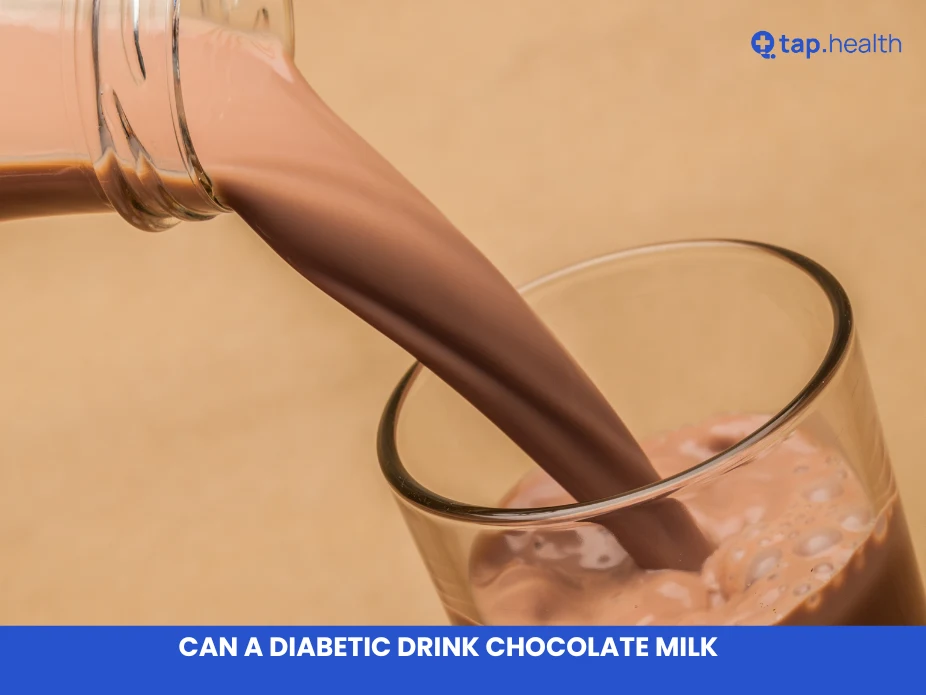Left ventricular dysfunction is a critical heart condition that affects the left ventricle’s ability to pump blood effectively. This comprehensive guide explores its causes, symptoms, diagnosis, treatment options, and prevention strategies to help you maintain optimal heart health.
What is Left Ventricular Dysfunction?
Left ventricular dysfunction refers to the impaired function of the heart’s left ventricle, which is responsible for pumping oxygenated blood into the body. This condition can lead to serious health issues, including heart failure, if not addressed properly.
Key Points:
- Definition: A condition where the left ventricle struggles to pump blood efficiently, often linked to heart failure, heart attacks, or cardiomyopathy.
- Impact: Reduced blood flow can cause organ damage and disrupt the heart’s electrical system, leading to irregular rhythms.
Role of the Left Ventricle in Heart Function
The left ventricle is a vital component of the heart, pumping oxygen-rich blood from the lungs into the aorta and throughout the body. When it malfunctions, the body’s organs and tissues may not receive adequate oxygen and nutrients, leading to various complications.
Key Functions:
- Receives blood from the left atrium.
- Pumps blood into the aorta for systemic circulation.
- Supports the body’s oxygen and nutrient supply.
Consequences of Dysfunction:
- Reduced blood flow causing fatigue and shortness of breath.
- Potential for irregular heart rhythms like atrial fibrillation.
Causes of Left Ventricular Dysfunction
Several factors contribute to left ventricular dysfunction, ranging from genetics to lifestyle choices and underlying health conditions.
Genetic Factors
Some individuals inherit genetic mutations that increase the risk of left ventricular dysfunction. These mutations can affect heart structure and function, making early screening crucial for those with a family history of heart disease.
Lifestyle Influences
Unhealthy habits such as smoking, excessive alcohol consumption, poor diet, and lack of exercise can elevate the risk. Socioeconomic factors, like limited access to healthcare, also play a role.
Underlying Health Conditions
Conditions like coronary artery disease, hypertension, diabetes, and valvular heart disease can strain the heart, leading to dysfunction over time.
LSI Keywords: Heart disease causes, genetic heart conditions, lifestyle and heart health
Recognizing Symptoms of Left Ventricular Dysfunction
Symptoms may be subtle initially but become more severe as the condition progresses. Recognizing these signs early is key to timely intervention.
Early Warning Signs
- Mild fatigue.
- Occasional shortness of breath.
- Palpitations or irregular heartbeats.
Progressive Symptoms
As the condition worsens, symptoms include:
- Persistent fatigue and weakness.
- Increased shortness of breath, especially during activity.
- Fluid retention causing swelling in the legs or ankles.
- Coughing or wheezing.
When to Seek Medical Help
Seek immediate medical attention for severe symptoms like chest pain, fainting, or extreme shortness of breath, as these may indicate a critical condition requiring urgent care.
Diagnosing Left Ventricular Dysfunction
Accurate diagnosis is essential for effective management. Healthcare providers use a combination of medical history, physical exams, and diagnostic tests to confirm the condition.
Medical History and Physical Exam
- History: Providers assess symptoms, family history, and risk factors.
- Exam: Listening to the heart and lungs can reveal abnormalities.
Diagnostic Tests
Common tests include:
- Electrocardiogram (ECG): Monitors heart rhythm.
- Echocardiogram: Assesses heart structure and function.
- Stress Tests: Evaluates heart performance under stress.
- Cardiac Catheterization: Examines blood flow in coronary arteries.
- Blood Tests: Detects markers of heart strain.
Interpreting Results
A healthcare provider analyzes test results alongside symptoms to determine the severity and underlying cause of the dysfunction, guiding treatment decisions.
Treatment Options for Left Ventricular Dysfunction
Treatment focuses on managing symptoms, slowing disease progression, and improving quality of life. Options vary based on the condition’s cause and severity.
Medications
- ACE Inhibitors: Reduce heart strain.
- Beta-Blockers: Lower heart rate and blood pressure.
- Diuretics: Alleviate fluid retention.
- Aldosterone Antagonists: Support heart function.
Lifestyle Modifications
Adopting a heart-healthy lifestyle is critical:
- Engage in regular, moderate exercise.
- Follow a balanced, low-sodium diet.
- Quit smoking and limit alcohol.
- Manage stress through relaxation techniques.
Surgical Interventions
In severe cases, procedures like coronary artery bypass grafting, valve repair, or implantation of pacemakers/defibrillators may be necessary to restore heart function.
Preventing and Managing Left Ventricular Dysfunction
Prevention and ongoing management are key to reducing the risk and impact of left ventricular dysfunction.
Risk Factor Modification
- Maintain a healthy weight.
- Control blood pressure and diabetes.
- Avoid smoking and excessive alcohol.
- Practice stress management.
Regular Medical Check-Ups
Routine screenings help detect early signs of heart issues, especially for those with risk factors like family history or chronic conditions.
Adherence to Treatment Plans
- Take medications as prescribed.
- Attend follow-up appointments.
- Implement recommended lifestyle changes.
Living with Left Ventricular Dysfunction
Living with left ventricular dysfunction requires ongoing effort to manage symptoms and maintain heart health. Patients should:
- Stay informed about their condition.
- Communicate openly with healthcare providers.
- Join support groups for emotional and practical guidance.
Advances in Left Ventricular Dysfunction Research
Ongoing research aims to improve outcomes for those with left ventricular dysfunction. Scientists are exploring:
- Genetic therapies to address inherited heart conditions.
- Advanced imaging for earlier diagnosis.
- Novel medications to enhance heart function.
Conclusion
Left ventricular dysfunction is a serious condition that demands attention to maintain heart health. By understanding its causes, recognizing symptoms early, and seeking prompt medical care, individuals can improve their quality of life. Treatment options, including medications, lifestyle changes, and surgical interventions, combined with preventive measures like regular check-ups and risk factor management, empower individuals to take control of their cardiovascular health.



